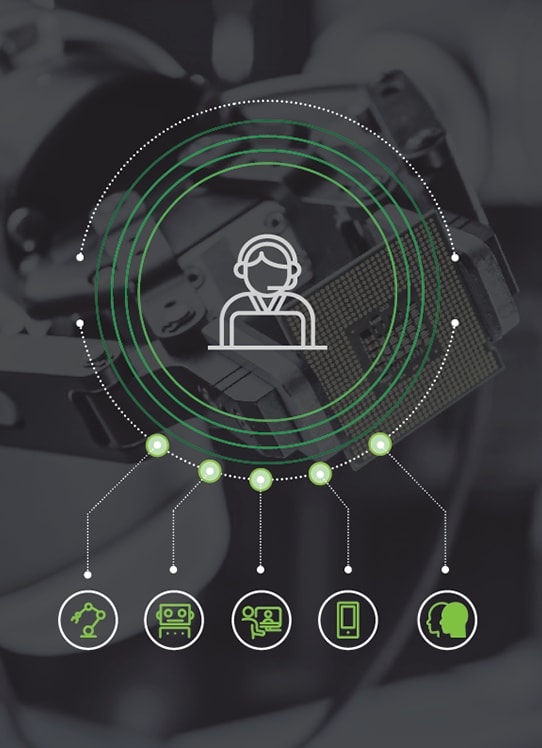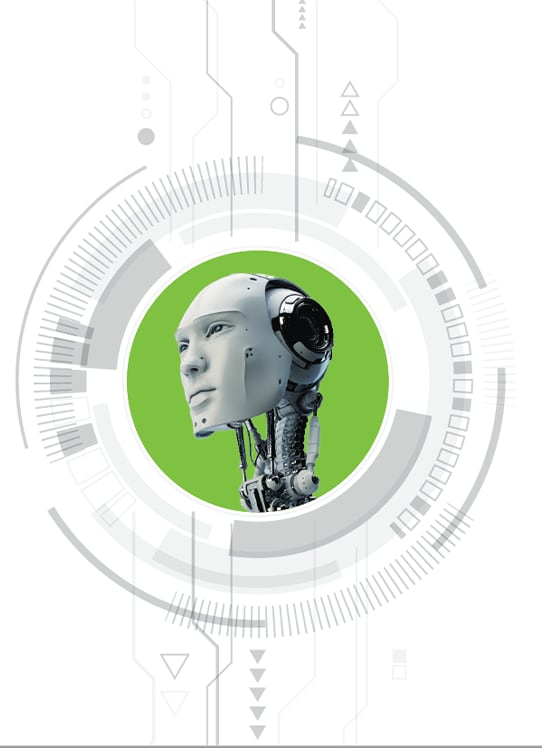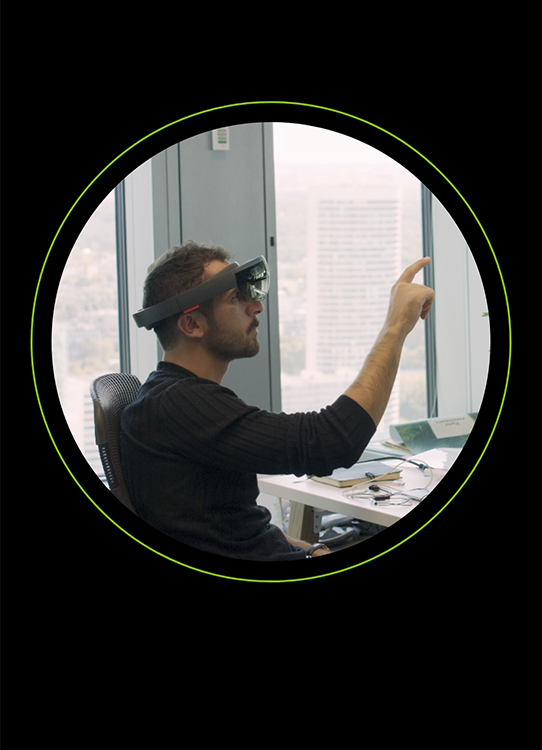
How can AI in manufacturing cut down on waste and abuse?
When it comes to addressing warranty claim waste and abuse, the solutions may be buried in the data. While they are waiting to be discovered, companies may struggle with access to data and cognitive tools like artificial intelligence that could unleash new capabilities and help capture the resulting savings and efficiency. Part of the challenge is that existing warranty claims programs may be too lethargic, prone to error, and unequipped with the capacity to do much beyond rules-based processing.
A company may struggle with large antiquated systems that are difficult and costly to maintain and update. Since these systems may be used across different facilities, even just changing data rules can be prohibitively complex. What may be missing is the capacity to pour through huge volumes of data and derive intelligence and insight that can inform claims processing. Streaming data and AI platforms do not simply improve existing claims processing; they can help transform it and equip the enterprise with the capacity to solve enduring issues (some of which they may not yet realize exist).
Take a hypothetical case from the automotive industry. With the ability to analyze data at scale, a car manufacturer could identify whether a specific dealership is filing claims erroneously, and they can then use that insight to look across the network of dealers to help find and fix similar issues. By spotting trends, common hurdles and errors, and needed support, the manufacturer could be empowered to make systemic changes, elevating the entire warranty management process.
It is at this scale of deployment that savings and risk management could become not just a warranty claims program but a value-driver for the enterprise. The question is, how might the business get there?


New sources of data, new AI capabilities
There are two primary pieces to the puzzle: emerging data sources and new AI techniques and capabilities.
New data sources include streaming data from edge hardware. Today, some of the tools and products we use are equipped with data streaming capabilities, sometimes without the consumer even being aware. An HVAC system for a commercial building, for example, could use sensors that generate hundreds of data points that can be collected at determined times or even captured in real time. Each of these sensors might send valuable information about how aftermarket components are functioning, which is important for claims processing but also for identifying where issues occur and who might be accountable for them. If warranty claims for a pump in the chiller plant increase in certain geographies or at predictable times, the manufacturer can revisit its processes and suppliers and implement solutions that could prevent failures (and claims) in future products.
Yet, this points to another important data source—the cumulative data that can be captured, transferred, stored, and processed at enormous scale. If an auto manufacturer sells 10 million vehicles in a year, and each vehicle has up to 100 points of streaming data, then just one year of data collection yields so much information it could defy human analysis. Auto manufacturers have long used data of this sort to help improve design and production, but there may be an opportunity to look for how it could be used to limit leakage in warranty claims. Enterprises in other industries might not yet have so much data at scale surrounding their products or services, but if their claims processing was oriented to consume data insights, then the company may be motivated to seek out access to existing data flows or build them into future capabilities.
The challenge is how to effectively process and extract intelligence from these emerging data sources, particularly in real-time.
Leveraging new techniques with AI can make this possible. Some organizations may already use rules-based mechanisms to monitor data flows for known issues or errors. Adding AI capabilities can allow the enterprise to become more adept at identifying anomalies and outliers for known patterns, as well as help provide visibility into new and emerging risks or challenges. Yet, AI may not simply be a more robust tool than rules-based monitoring. AI outputs could be probabilistic in nature, rather than binary, as with rules-based mechanisms. This can still lead to actionable insights, such as using probabilities of error or fraud to help prioritize claims for manual review and investigation.
Ultimately, with AI and machine learning, users can begin to deeply understand relationships within the data and reveal trends and root causes. Some AI platforms permit visualization to increase model transparency and help the workforce interact with and understand the data and AI outputs. Consider a manufacturer of construction equipment. AI might identify an uptick in warranty claims for a power module on a certain model of bulldozer, and the data reveals that those claims arise predominantly during a wet season in a tropical geography but seldom occur elsewhere. With that knowledge, the manufacturer could trace the trend to facilities where repairs are being done and help remediate issues at the source, whether it be in the claims processing or identifying a design or manufacturing flaw creating aftermarket problems.
When the data is consolidated and interpreted with AI-enabled signal processing, the result can be a deeper and more nuanced understanding of not just individual machines but the larger network of interdependent assets. By harnessing the collective knowledge of people, sensors, and systems, the business can use AI to analyze the information and output maintenance recommendations. These recommendations can be automatically prioritized, which may help optimize how the human workforce allocates its time. In a way, the AI solution could serve as an omnipresent maintenance employee helping the human workforce make better decisions about when and where to target operations.
This level of AI-enabled insight into the data could allow the enterprise to narrowly target issues, and when this is possible across a diversity of products and geographies, the enterprise has the capacity to interrogate and improve warranty management overall, driving out waste and capturing savings.


Looking ahead to warranty management with AI
Amending systems to accommodate new data and AI techniques could help improve claims processing, and the value is also evident in the form of risk awareness and mitigation. The enterprise may work within a complex regulatory environment where claims processing might raise compliance risks. Inefficient, error-prone warranty management could also impact consumer impressions and potentially damage the organization's brand. And all this could take place in the context of a competitive marketplace where other businesses are already making investments to transform warranty management processes.
Given the complexity of the challenges, organizations can look to third parties with cross-cutting capabilities across technology implementation, change management, risk, legal, and other domains.
Working with a trusted service provider, the business can chart a transformative roadmap that leads to data and AI-fueled warranty management.
Get in touch

Derek D. Snaidauf
Principal | AI, Cyber, and Cloud
Deloitte Transactions and Business Analytics LLP
+1 (312) 898 0420

Ephraim Schoenbrun
Advisory Manager | Forensic Analytics
Deloitte Transactions & Business Analytics
+1 (212) 436 3889

Libby Roop
Deloitte Risk and Financial Advisory Principal
Deloitte Transactions & Business Analytics
+1 (989) 284 1844